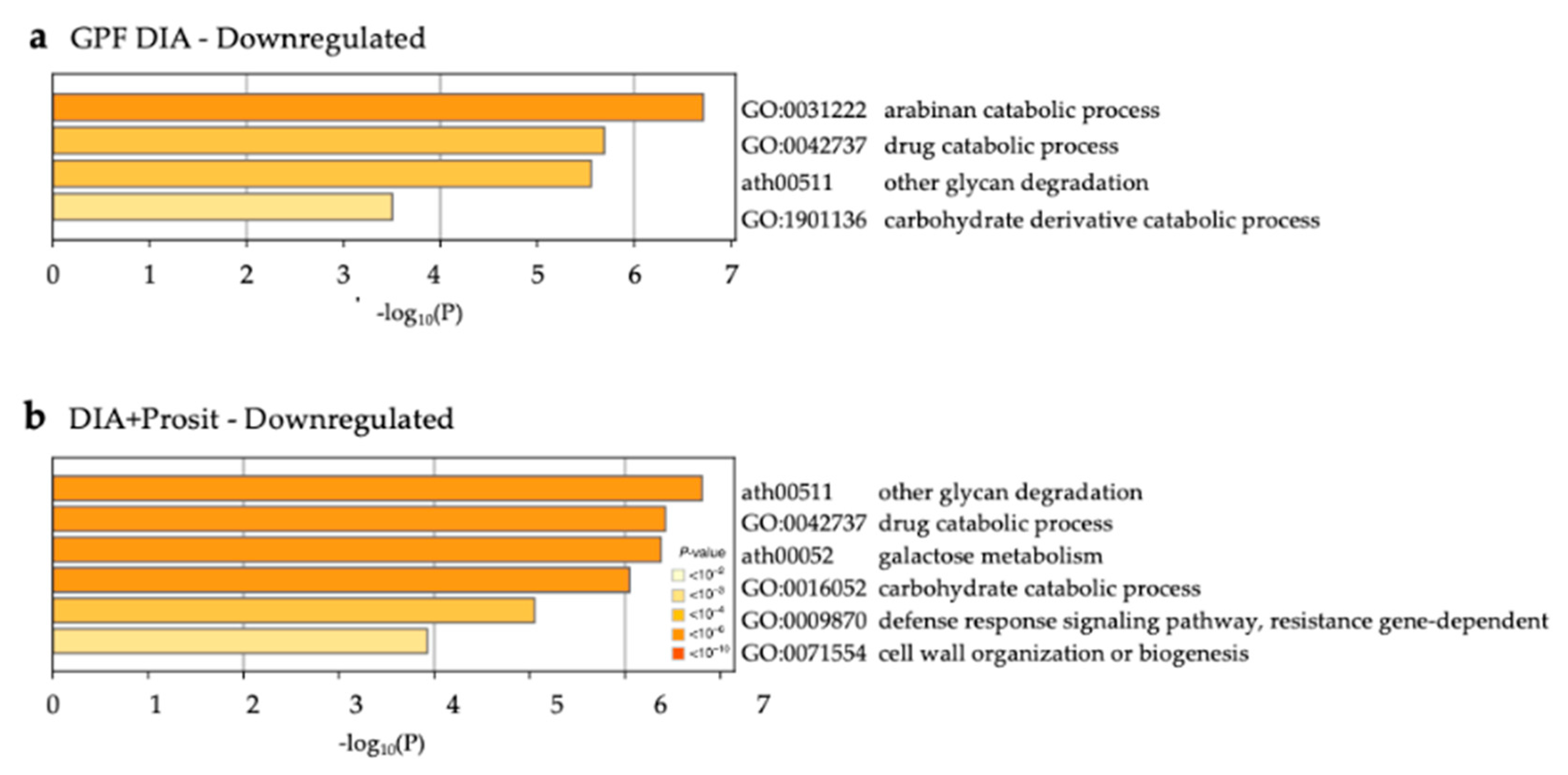
Xf is not observed outside of the plant’s vascular system.

Fry and Miholland, 1990 Newman et al., 2003). Although the pathogen spreads through the plant and is detected in low numbers in many vessels, symptoms do not appear unless vessels contain high populations of bacteria (S.M. Movement of the pathogen between vessels is correlated with the expression of pathogen genes encoding degradative enzymes that are predicted to facilitate movement by degrading the pit membranes between vessels (Scarpari et al., 2003).

The bacteria then efficiently and systemically colonize the plant by moving within and between xylem vessels (Newman et al., 2003). After entering the plant, the pathogen multiplies, forming microcolonies at the inoculation site (Hopkins, 1985 Tyson et al., 1985). Juvenile insects can transmit the pathogen until they molt (Purcell and Finlay, 1979) and adult insects transmit Xf throughout their lifespans (Severin, 1949). Several species of xylem-feeding insects, predominantly leafhoppers (Almeida and Purcell, 2003 Hewitt et al., 1942 Purcell, 1979) but also spittlebugs (Severin, 1950), can transmit Xf while feeding on host plants. In plants, colonization is limited to the xylem. The bacterium persists and multiplies in both types of hosts. The disease cycle of Xf, the bacterial pathogen that causes PD, involves intriguing interactions with plant and insect hosts. Several comprehensive reviews are available that provide more in-depth discussions of the disease interaction (Hopkins, 1989 Hopkins and Purcell, 2002). This chapter details the current understanding of how Xf and grape plants interact to result in PD, and it identifies the information needed to develop effective management strategies to interfere with that interaction. In the case of Pierce’s disease (PD), this also requires and understanding of the basic biology of the three partners involved, Xf ( Xylella fastidiosa) grape, and insect vectors. That limited repertoire does not preclude the development of effective control approaches that use other principles, but the development of novel strategies or the rational application of existing disease management strategies does require understanding how, when, and where disease develops and spreads. In practice, the most widely used and effective measures for controlling xylem-localized plant pathogenic bacteria are exclusion, (as in the use of uninfected propagative materials for control of the bacterial wilt pathogen Ralstonia solanacearum, or host plant disease resistance conferred, for example, by the use of major genes for resistance to control bacterial blight of rice caused by Xanthomonas oryzae pv. A study published by the National Academy of Sciences (NAS 1968) described six general principles for plant disease control: avoidance, exclusion, eradication, protection, disease resistance, and therapy.


 0 kommentar(er)
0 kommentar(er)
